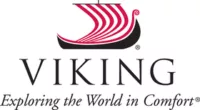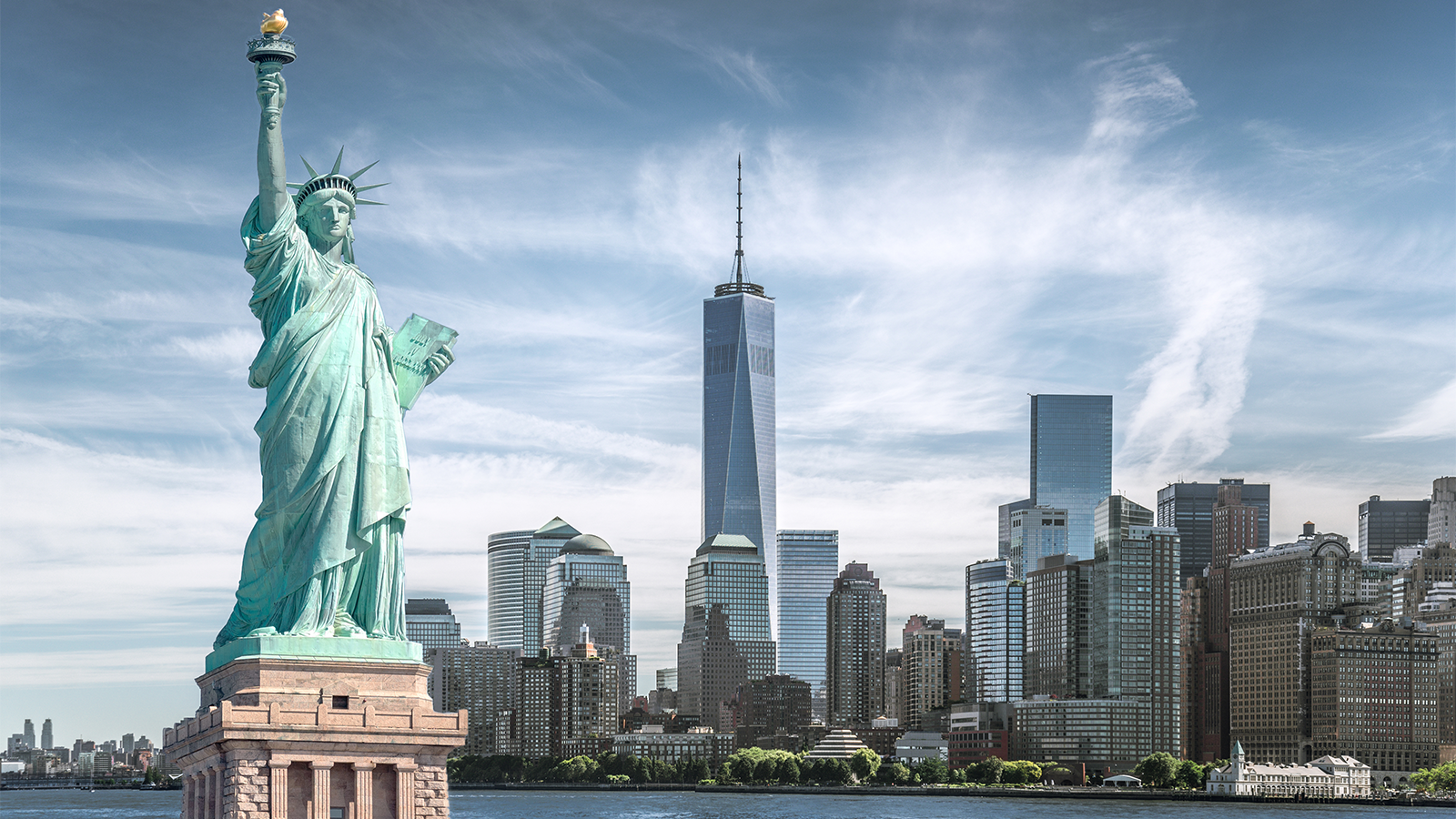
Viking Ocean Cruises
Viking began as a river cruise line and entered the ocean-cruise market with the launch of the 930-guest Viking Star.
Viking has already made an indelible mark on the sector with its fleet of stylish, near-identical, adult-only ships.
The cruise line currently has 10 ships in its fleet.
930
Passengers
2022
Launched
2444m
Length
310m
Width
EUR
Currency
Cruise Itinerary
Ship Details


Viking Ocean Cruises
Viking Neptune
Expand your horizons on this comfortable, award-winning ship design, intimate and thoughtfully created by experienced nautical architects and designers to enrich your interaction with your destination in every way.
Cabins
All Prices

























